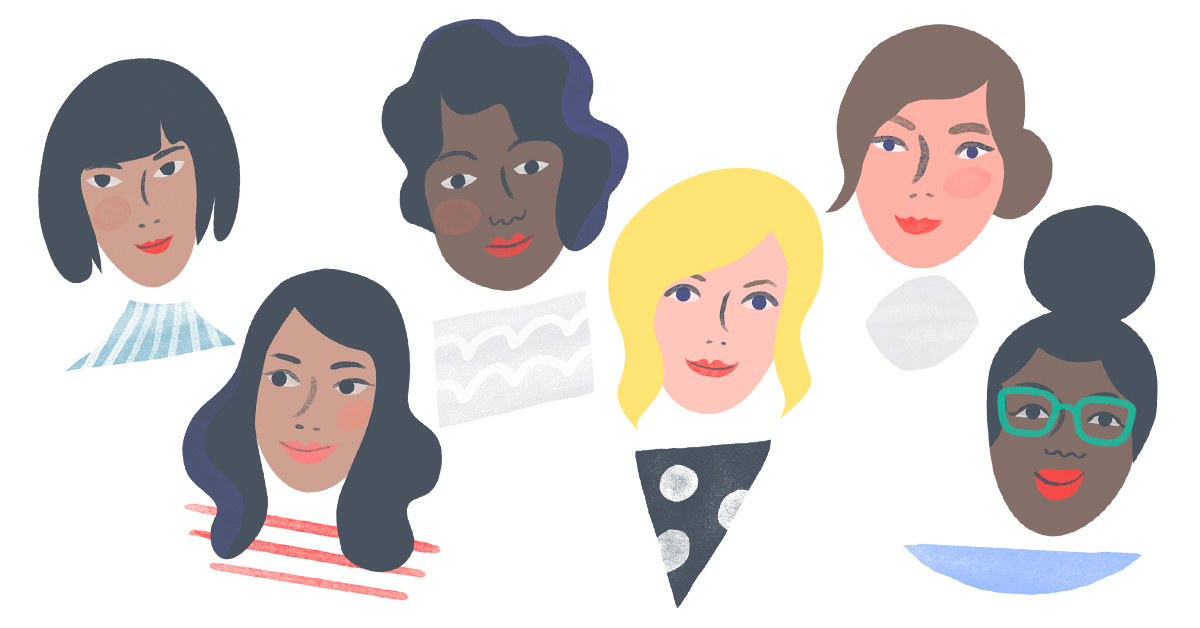Is the gender insurance gap really a confidence gap?
by Laura Hale, Co-Founder & Head of Product @ Ladder
A hundred years ago women couldn’t even buy life insurance. Now, it’s not only allowed — it’s critical. In the 21st century, women live longer than men, are usually the primary caretaker of children and elderly parents, and are increasingly playing the role of breadwinner or co-breadwinner in the family.
And yet, women are still less likely to have life insurance than men, even though their rates are often better. Why is that?
Studies have been quick to point out that women are “less confident” when making financial decisions. 62% less confident, to quote a 2019 “Women, Money and Power” study by Allianz Life Insurance Company of North America. At Ladder, we are passionate about closing the $16T life insurance coverage gap affecting over 50M families in the US alone — and we’re not going to achieve our mission if women aren’t on board. So we took a look at our own data to try to understand what’s really going on.
1. Women are not less confident — rather, they’re less likely to overstate confidence.
One of the first questions we ask when people visit our site is if they are feeling “curious,” “unsure,” or “informed” when it comes to life insurance. Women are less likely to self-identify as informed (30% vs 42% for men), but identifying as informed seems to mean more to them. “Informed” women are 26% more likely to accept their offer than “informed” men.
This reminds us of the famous Hewlett Packard study: men apply for a job when they meet only 60% of the qualifications, but women apply only if they meet 100% of them. Dig deeper on that stat and you’ll find something even more interesting: what holds women back from applying is not a mistaken perception about themselves, but a mistaken perception about the hiring process. In other words, they think they can do the job just fine, but they don’t want to waste time with an employer that might not consider their application.
Similarly, it’s likely not women’s confidence that needs to be repaired in insurance and finance. It’s the process. Women come to Ladder less likely to say they’re confident, but leave more likely to accept an offer for a policy. That tells us we’re doing something right.
2. Women are BUSY. They need products that don’t waste their time.
Women notoriously multitask their way through managing their jobs and their family’s well-being. Even those who hold down full time jobs spend significantly more hours juggling housework relative to men, and that mental load leaves little time to research and manage complex tasks to completion. According to a 2014-2015 Prudential study on Financial Experience and Behaviors among women, roughly a third of women feel a lack of time hinders them from moving forward with financial decisions.
So imagine having to go through a months-long underwriting process for life insurance, involving fax machines, medical visits, and multiple conversations with an agent. Compare that with Ladder, where someone can apply online and, if eligible, be covered in less than 10 minutes. Shortly after Ladder launched, in September 2017, women only represented 23% of our life insurance applications. Two years later, 43% of applications on Ladder are women and that number gets better every month. That’s because Ladder is “Easy”, “Quick”, and “Simple” — the top 3 adjectives women use to describe the product in reviews.
Women are also more likely to accept their Ladder policy the first day that they receive an offer (81% vs 76% for men), indicating that they are eager to get life insurance handled so they can move on with their day to day and have peace of mind.
3. Women have to combat negative perception relative to their abilities in finance
Back to that 2019 Women, Money, and Power study: in 2016, 51% of women said financial professionals treat their male spouse/partner as the decision maker. If you think that’s bad, consider that this number jumped to 60% in 2019. Things should be moving forward, not backwards.
If there’s one thing women don’t like, it’s being patronized. Technology removes that negative bias and makes financial services more inviting to women. It also makes them more fair. At Ladder, we drive the process through code, as much as possible. For women, and women of color especially, we believe online processes can mean more equitable treatment.
According to Prudential, women of color are becoming more invested in managing their financial futures. More than a quarter of African American women (27%) are taking a bigger role in financial planning than they did ten years ago, as are 24% of Hispanic women and 27% of Asian American women. More than ever, our industry needs to support these important trends and combat unfair biases.
If we want to fix the gender gap in insurance, we need to fix our industry. That’s why we at Ladder are so excited to work on eliminating the tedious processes and biases that have been standing in the way of women’s access to life insurance. There’s still a lot of work to do, but we’re optimistic about the future.

